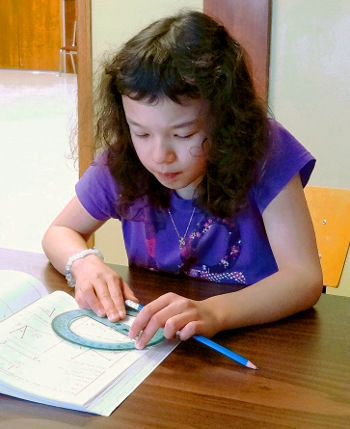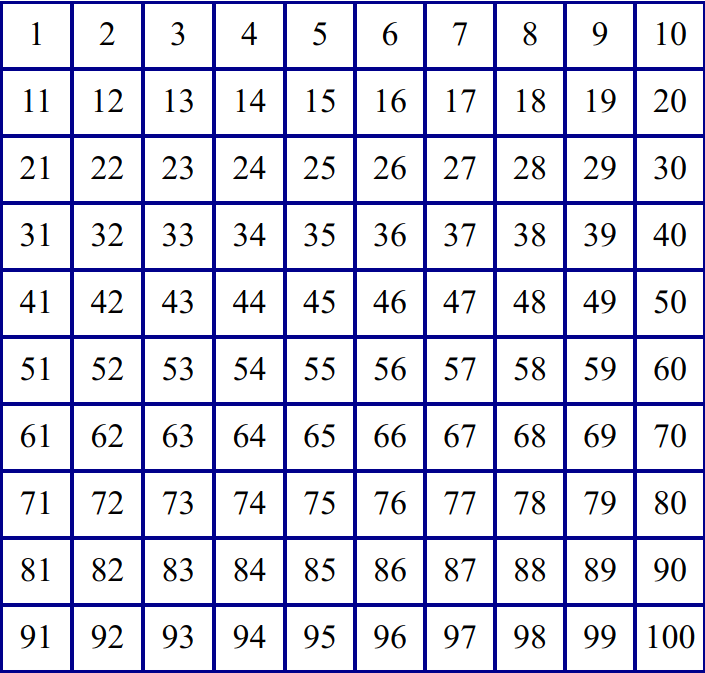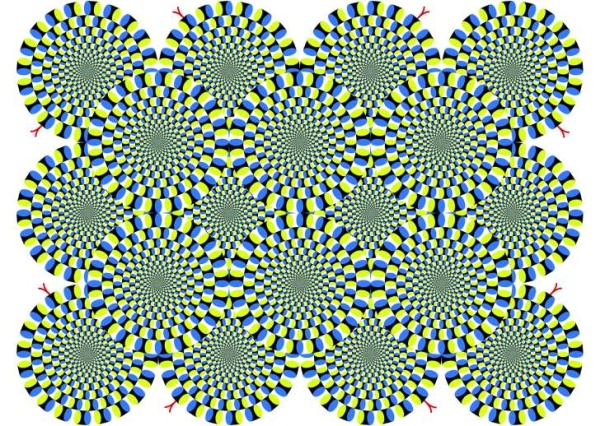 Hi — and welcome to the May edition of math tips:
Hi — and welcome to the May edition of math tips:
Also... stay tuned! I will run a SALE in the latter half of May for ALL Math Mammoth and Make It Real Learning downloads & CDs. |
1. Can you use Math Mammoth in a spiral manner? Yes, you can use Math Mammoth curriculum in a somewhat spiral manner, and in fact, I totally encourage you to try that. Simply choose 2-3 different chapters, and let your student work in those at the same time.
Yes, you can use Math Mammoth curriculum in a somewhat spiral manner, and in fact, I totally encourage you to try that. Simply choose 2-3 different chapters, and let your student work in those at the same time.There's lots of flexibility how you could arrange that. Currently my own son is in 4th grade math, studying both measuring units and the chapter on division. Some topics, however, are best studied sequentially, because the student needs to understand one before being able to understand the other. For example, the concept of multiplication is necessary before one can convert measurement units (from bigger unit to smaller, such as converting 5 feet into inches). But you will quickly notice if some particular chapters cannot be mixed in this manner, if your student won't be able to understand the topic or proceed well in the chapter that is placed later in the curriculum. Also, additionally you can consider these new workbooks that provide supplemental review for the Math Mammoth Light Blue Series curriculum in a spiral manner. |
2. Is it OK to let a child use a 100-chart for math facts?I recently got a question concerning a 3rd grader who has always had difficulty with number memorization and counts on her fingers. Mom is planning to start Math Mammoth grade 2 with her.Her question is: Is it okay to let her use a 100 chart while going through the program and completing the assignments? We will also continue to practice math facts with flash cards, etc.
I would say that using a 100-chart for a crutch is okay for children who have learning disabilities, and in situations where different methods to learn the math facts have been tried for years with no avail. However, before resigning to that, I feel one should teach the child STRATEGIES and PATTERNS for addition and subtraction facts. Flash cards are based on rote memorization, which is the hardest way to memorize anything. It's much easier on children once they can see math facts in a CONTEXT, and once they have learned various strategies for addition and subtraction (also called number sense). I do advocate memorization of math facts, but there's a balance. Number sense is even MORE important. I'll refer you to these pages/videos for more. Patterns and a context for addition & subtraction facts (2 videos) A few mental math strategies for addition & multiplication |
3. Algebra curriculum (again) People keep asking my opinion about this or that algebra curriculum. So, I've updated my article once again, this time adding Derek Owens algebra course and Unlock Math to the list, plus my blogpost on Saxon Math has been revised.
People keep asking my opinion about this or that algebra curriculum. So, I've updated my article once again, this time adding Derek Owens algebra course and Unlock Math to the list, plus my blogpost on Saxon Math has been revised.
Someone also asked about Life of Fred algebra and pre-algebra (via email). I couldn't really say too much because the available sample lesson didn't show how a totally NEW concept would be presented. So often, sample files just show the FIRST lesson, which is typically review or introduction, but then it doesn't really tell you much. From looking at various algebra curricula, and especially the online ones, I have learned that nearly every curriculum out there teaches well the mechanics of algebra: how to solve this or that type of equation, how to graph lines, how to simplify this or that type of expression. But many of them lack challenging problems and a good coverage of word problems/applications. That is where Paul Foerster's algebra book still shines (and there exist accompanying videos for it, also). Some other features you want to keep in mind when researching the various options are: does it have review, does it offer support, e.g. via email (unless you as the parent/teacher can provide support), and how well are new concepts presented/explained. |
4. Google finds STEM skills aren't the most important skills So what are? Google did some research into it, and found this (emphasis mine):
So what are? Google did some research into it, and found this (emphasis mine): "Project Oxygen shocked everyone by concluding that, among the eight most important qualities of Google's top employees, STEM expertise comes in dead last. The seven top characteristics of success at Google are all soft skills: being a good coach; COMMUNICATING and listening well; possessing insights into others (including others different values and points of view); having EMPATHY toward and being SUPPORTIVE of one's colleagues; being a good CRITICAL THINKER and problem solver; and being able to MAKE CONNECTIONS across complex ideas.
... After bringing in anthropologists and ethnographers to dive even deeper into the data, the company enlarged its previous hiring practices to include humanities majors, artists, and even the MBAs that, initially, Brin and Page viewed with disdain." To me, this was really interesting...! Especially when coming from a company that, you would think, would value computer knowledge and expertise more than other skills (and I guess they did in the past). |
5. A little puzzle to solveA little puzzle to solve from Brilliant.org. Give it to your students! You can of course use brute force, but as you try a few possibilities, you will come to realize that there are limitations as to what digit X can be. Another hint... when you add the ones column, and the digit you get is z, that will imply something about the other digits. |
6. Optical illusionsMy kids and I enjoyed these optical illusions. Since they come from the best illusion of the year contest (finalists/winners), there's a good chance you haven't seen them before. Thanks for reading! Feel free to forward this issue to a friend/colleague! Subscribe here. Till next time, Maria Miller |
| Privacy & your personal data | Contact | Math Mammoth freebies | Placement tests |
| Complete curriculum | Inspire4 | Visit us on Facebook | Newsletter Archives |


